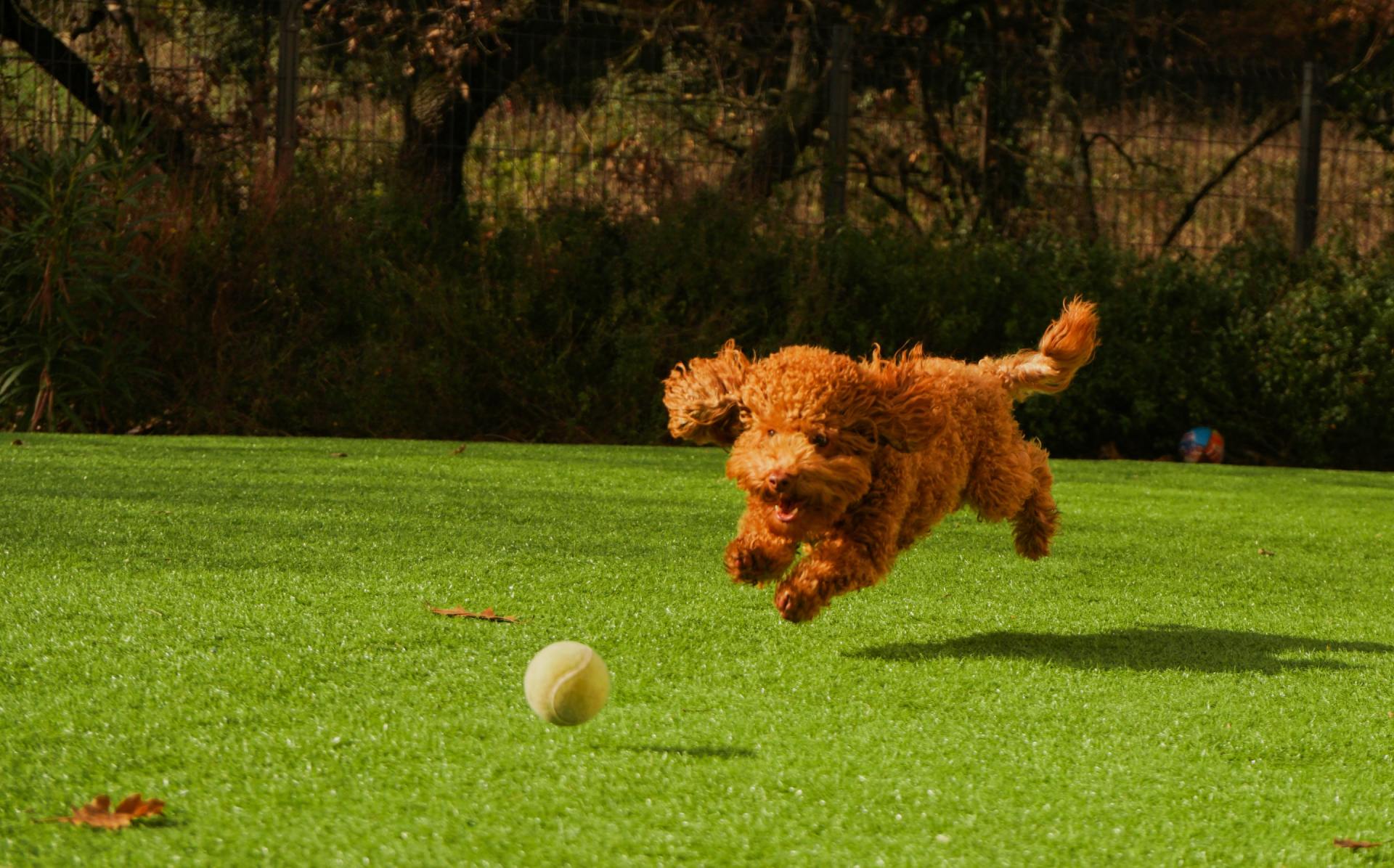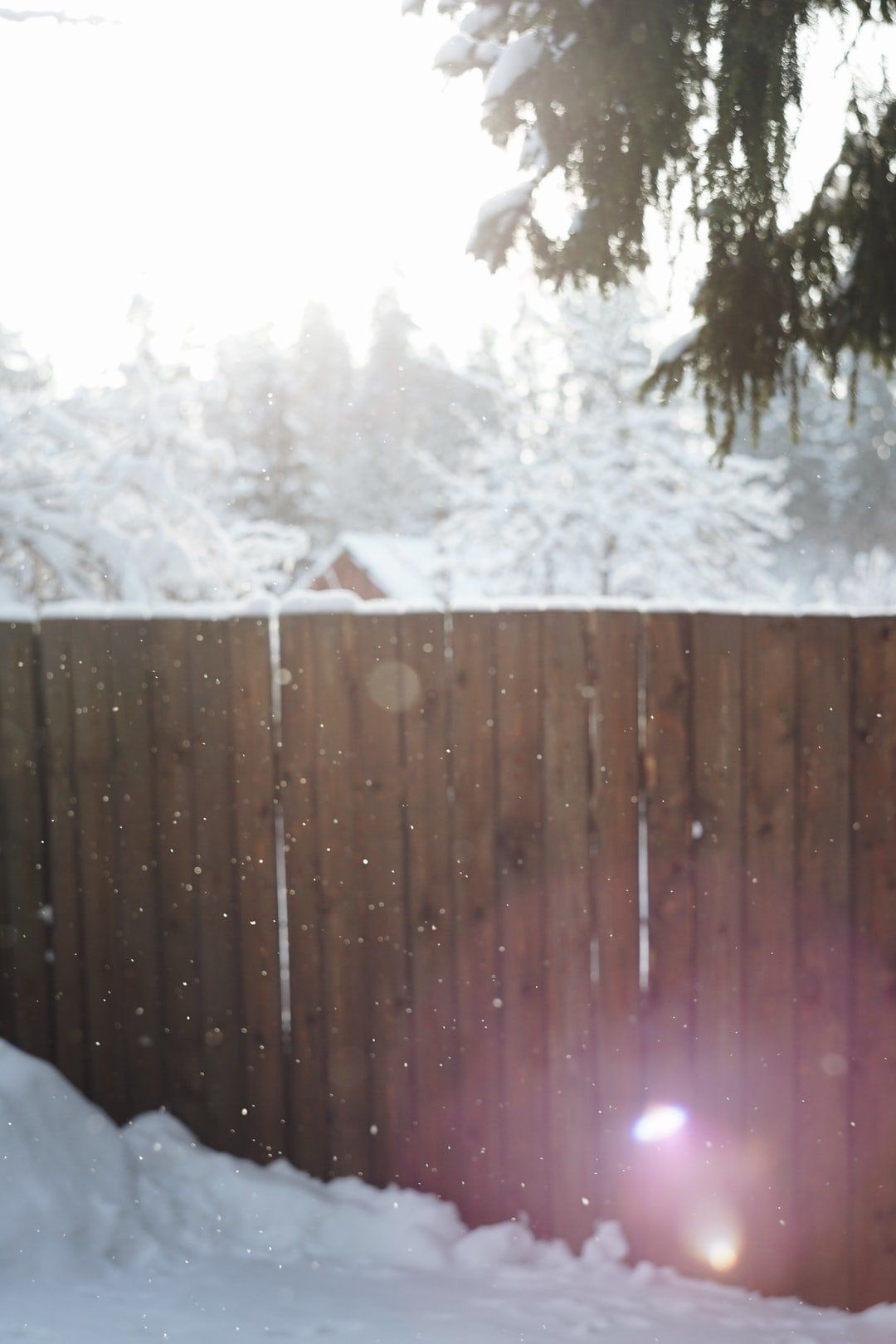What type of fence is best for dogs?
A physical dog fence provides protection for your dog (or dogs), keeping them contained to the safety of your yard while also keeping other dogs out of your yard. There are multiple types of dog fences, and choosing the best type for you depends partly on your space, and mostly on your dog. The amount of property you need to enclose will be the biggest factor in the cost of the fence besides the fence material. So take that into consideration, but remember that the most important factor is choosing a fence that will actually contain your dog and keep it safe.
To determine what type of fence is best for dogs, it’s helpful to consider the four main ways dogs can escape fences. All dogs are different, and not all dogs try to escape at all! But those who do will most likely employ one of these tricks:
- Jump or climb OVER the fence.
- Dig UNDER the fence.
- Push or chew THROUGH the fence.
- Nose the latch up on the GATE.
Jumping
First, let’s discuss what type of fence is best for dogs who can jump. Preventing a jumper’s escape is fairly straightforward: install a fence that is taller than your dog can clear. Six- to eight-foot fences are too tall for most any dog to jump, and if you use a smooth surface material (like vinyl or wood privacy planks as opposed to chain link or split rail), you will also make climbing more difficult. Remember to avoid placing furniture or stacked wood, etc, against the fence in a way your dog could use to get closer to the top of (and over) the fence.
Digging
Next, what type of fence is best for dogs who dig? For this type of dog, you’ll need to consider the kind of digger you’re dealing with. Laying a gravel barrier along the fence line may do the trick. But more likely, you will want to trench the fence line and bury the fence at least six inches underground, or even 12 to 24 inches, depending on how ambitious a digger you have on your hands. Installing hardscaping along the fence line is another option to consider, depending on your property and your budget.
Chewing
Now to the issue of keeping your dog from pushing or chewing through a fence. Metal fences are extremely strong and durable, and typically consist of a series of vertical posts and pickets connected with a pair of horizontal rails at the top and bottom. The spaces between the vertical pickets are normally three to four inches wide, but that can vary. Be sure the spaces are too small for your dog’s head to fit through. Another option is a solid barrier fence, or a privacy fence, constructed of wood, vinyl, or a composite material. The solid barrier helps in two ways. First, since the planks touch each other, there are no gaps for a dog to push through. Second, the fence provides a visual barrier to the outside world, which can help deter a dog from barking or trying to escape.
Escape Artists
Regarding those smarty-pants canines who try to simply open the gate and escape: while we appreciate their good manners, we want to keep them safe too. Consider a dog-proof clip or lock on your gate to keep this furry friend secure.













